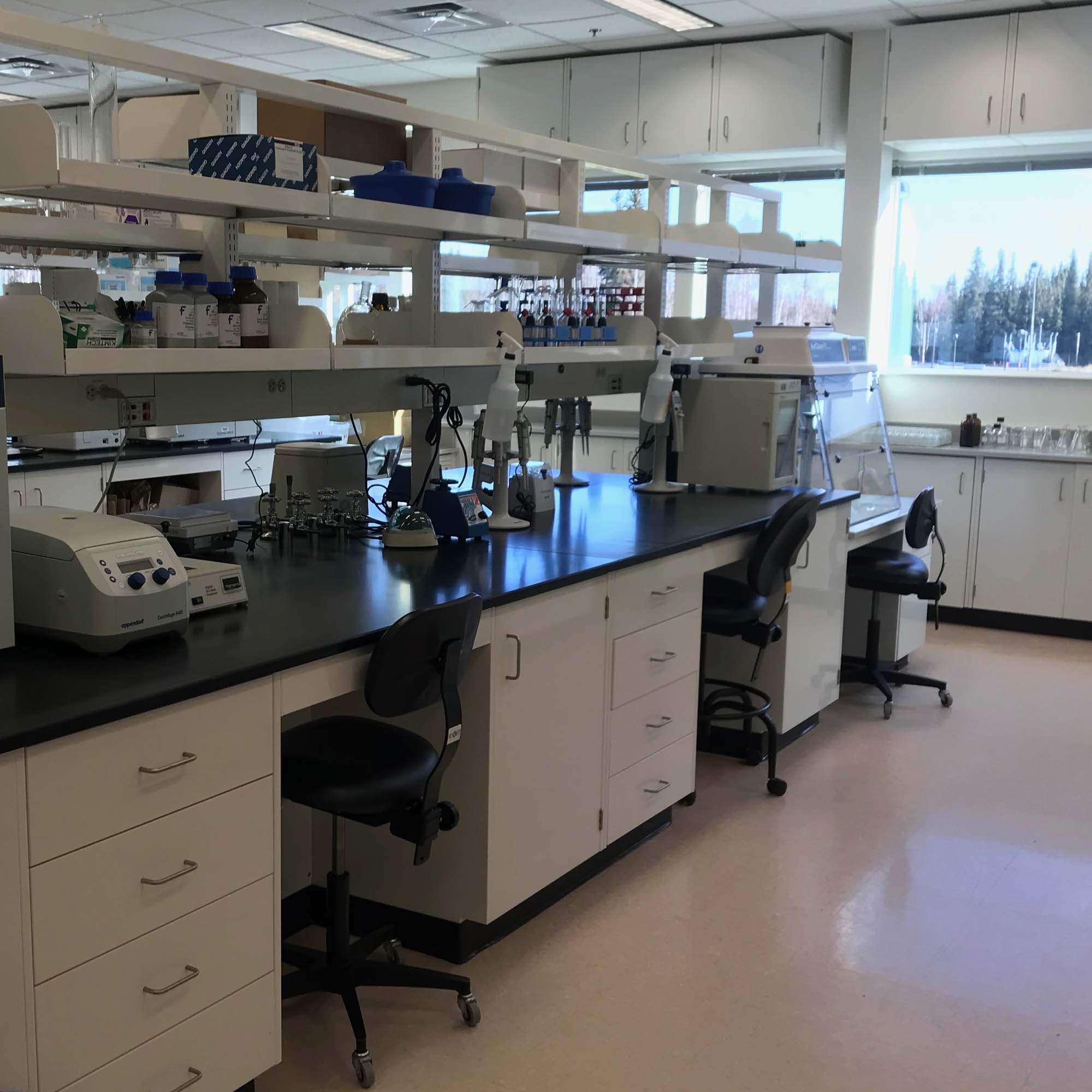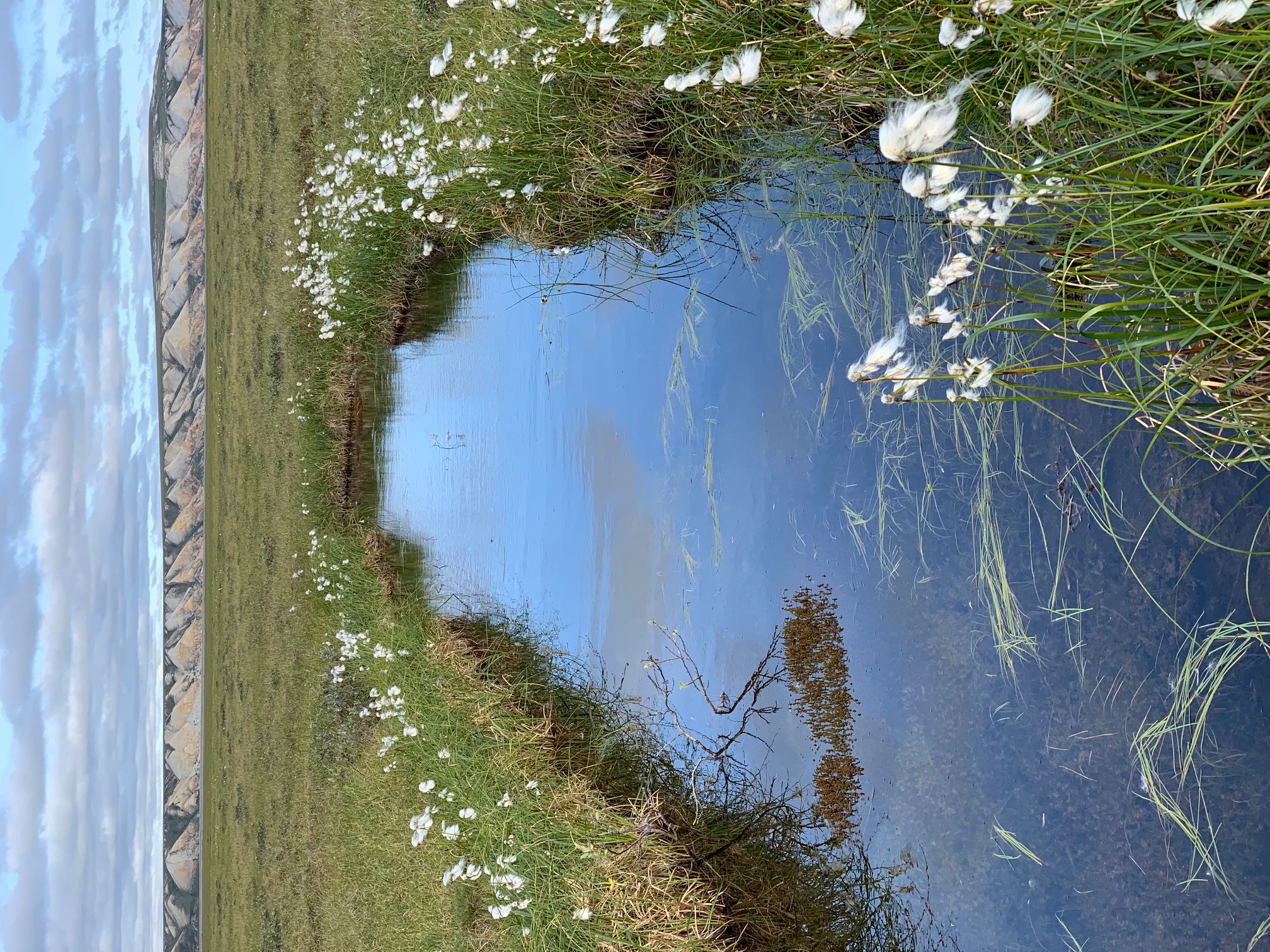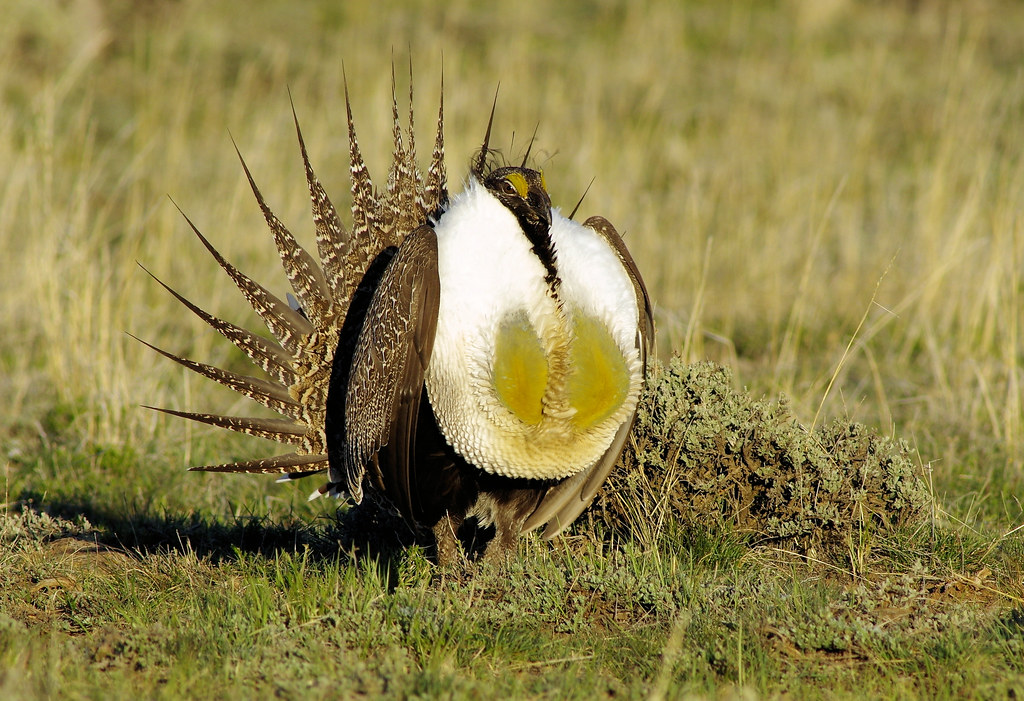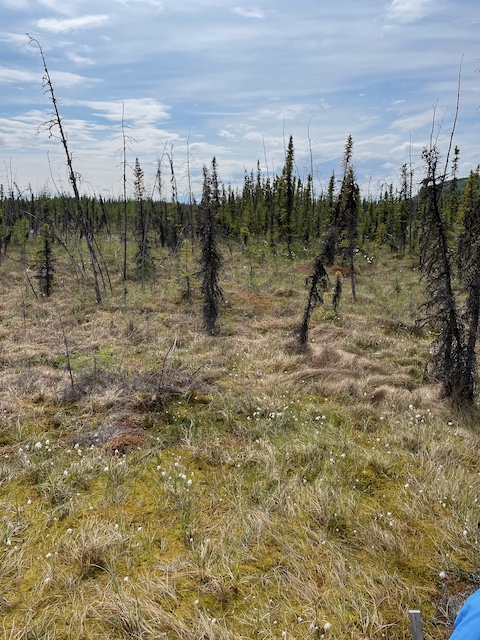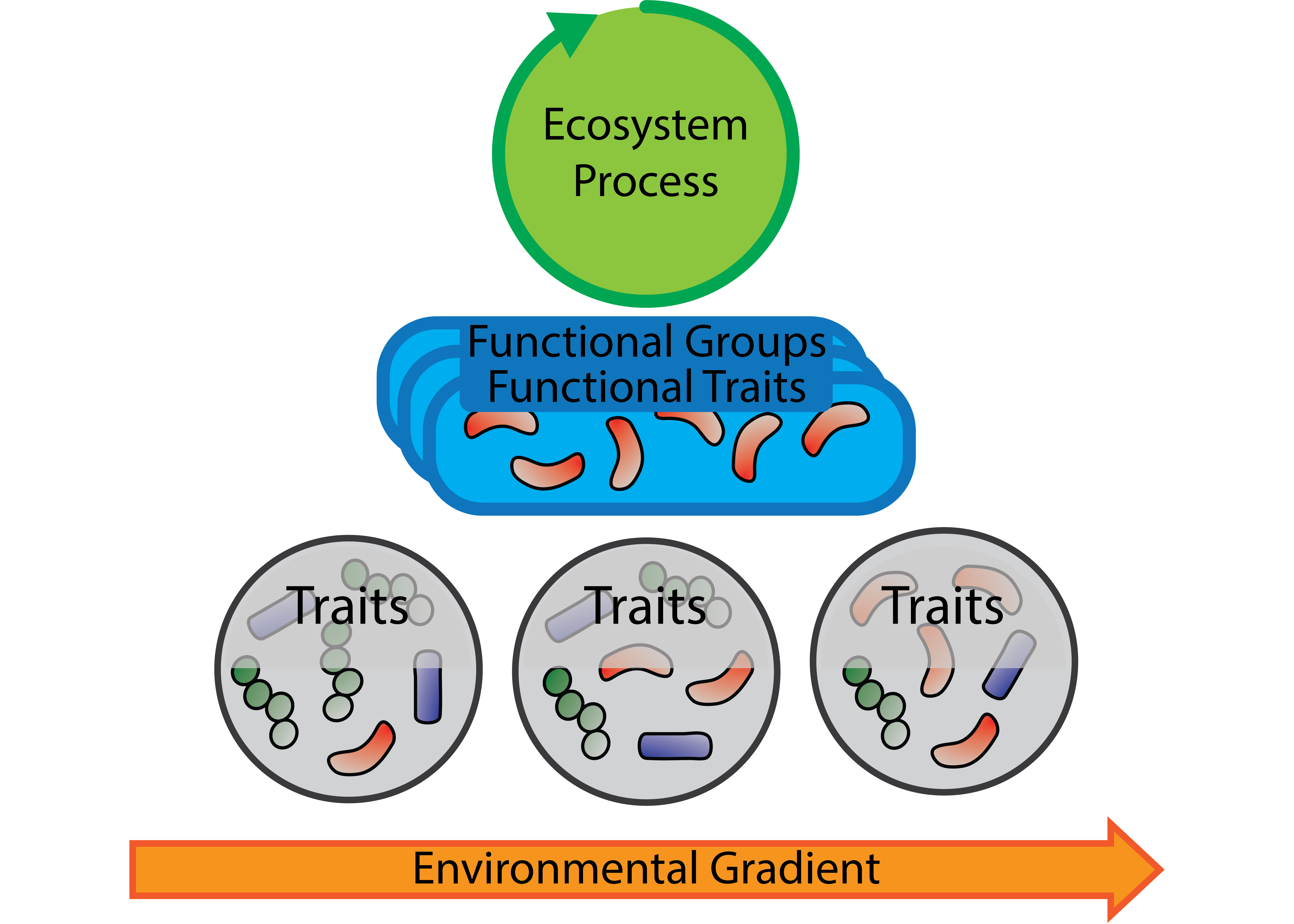Research
Our research addresses questions related to the responses of microbial populations, communities, and ecosystems to changes in the resource environment. Specifically, we ask questions related to how the supply and diversity of resources alters the composition and function of communities, and how the traits and species interactions link structure and function. To answer these questions, we use a mixture of field, lab, bioinformatics, and theoretical approaches. Using these diverse approaches our research bridges microbiology and community and ecosystem ecology.
Climate Change in Arctic Ecosystems
This project evaluates the daily to decadal biogeochemical consequences of landscape evolution: from microbes to landscapes. We hypothesize that the altered spatiotemporal distribution of degrading nutrient-rich permafrost has and will fundamentally alter the micro-to- macro structure and function of northern tundra ecosystems.
Genomes Underlying Toxin Tolerance
Herbivores must cope with plant defense compounds that may be highly toxic. The gut microbiome aids in host digestion of phytotoxins by degrading harmful molecules such as phenolics and monoterpenes. We use culturing, growth experiments, and amplicon and whole-genome sequencing to study how the host gut microbiome contributes to detoxification of plant secondary metabolites.
Microbial Traits
Microbial traits link community composition to species interactions and ecosystem function. We use a mixture of bioinformatics, genomics, lab experiments, and field observations to study the traits that regulate the species interactions and ecosystem function.
Other Projects
We also have a number of other project and collaborations exploring the microbial ecology across ecosystems. Currently these include the dynamics of soil microbiomes after herbicide application, selection of soil microbiomes by plant genotype, and others

